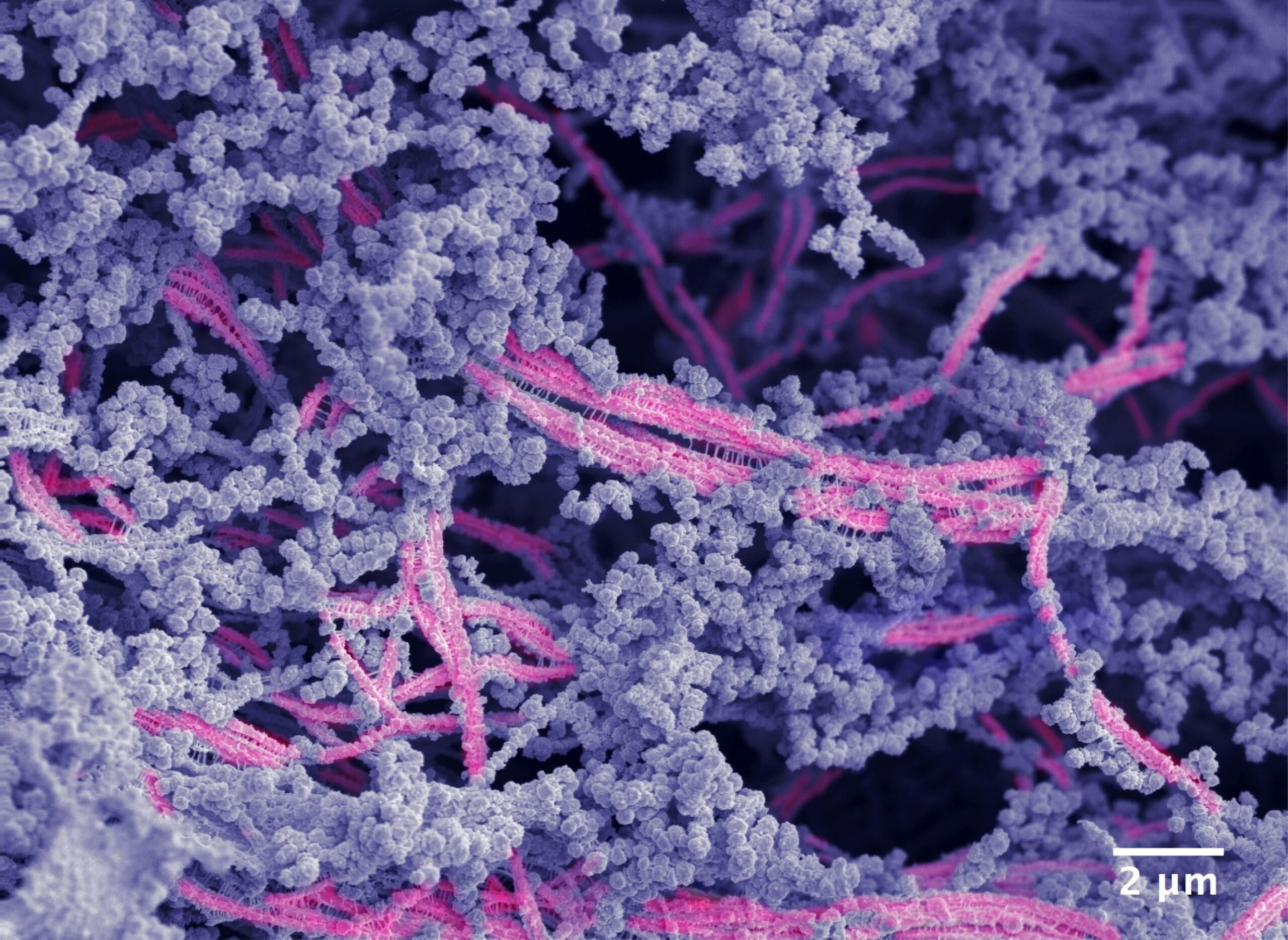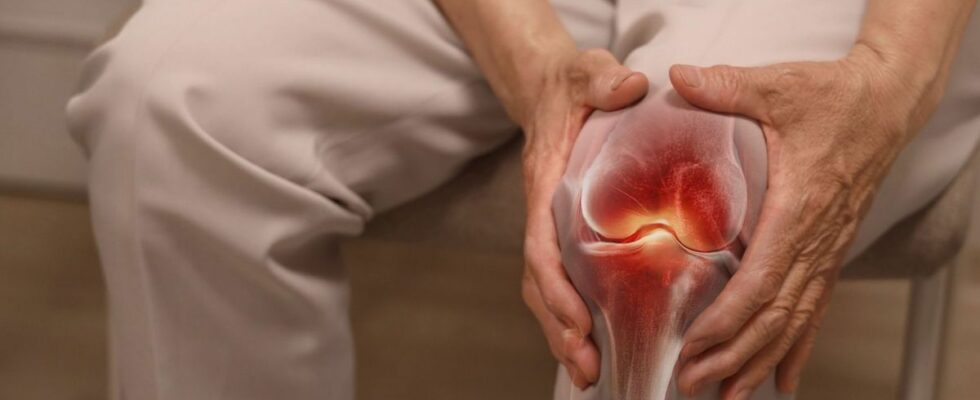Published on
Updated
Reading 2 min.
Imagine a world where chronic joint pain is a thing of the past! Scientists in Chicago appear poised to turn that vision into reality with a groundbreaking cartilage regeneration technology. Why could this be a game changer for millions?
Scientists at Northwestern University have developed a new bioactive material capable of regenerating high-quality cartilage in knee joints in a large animal model.
A promising advance in cartilage regeneration
Researchers at Northwestern University in Chicago have developed a revolutionary new technology that can regenerate cartilage, an innovation that could save millions of people from invasive surgeries and chronic pain. The development involves the use of an injectable biomaterial, an innovative “gel,” that can stimulate cartilage growth in damaged joints.
The team, led by Dr. Samuel Stupp, designed an injectable gel that, when introduced into the joint, forms a scaffold-like structure. Although it looks like a rubbery substance, the gel is actually a complex network of molecular components, working together to mimic the natural environment of cartilage in the body. Using a clever recipe containing a bioactive peptide that binds to transforming growth factor beta-1 (TGFb-1)—a protein essential for cartilage growth and maintenance—and engineered hyaluronic acid, the cocktail encourages surrounding cells to proliferate and produce new cartilage tissue.

According to Dr. Stupp, “When cartilage is damaged or destroyed over time, it can have a significant impact on a person’s overall health and mobility. The problem is that in adults, cartilage does not have the inherent ability to heal. Our novel therapy can induce repair in tissue that does not naturally regenerate. We believe our treatment could help address a serious, unmet clinical need.“.
Impressive results… in sheep
In this new study, the researchers applied the material to damaged cartilage in sheep knee joints. Sheep and human knees also have similarities in terms of weight bearing, size and mechanical loads.
In just six months, the researchers observed signs of improved repair, including the growth of new cartilage containing natural biopolymers (collagen II and proteoglycans), which enable improved joint function. Not only did new cartilage form to fill the defect as the scaffold degraded, but the repaired tissue was consistently higher quality than the control.
Hope for millions of patients
The technology is still in its early stages, but the implications are vast. Sports injuries, arthritic pain and other chronic conditions could be treated more effectively and with less trauma for patients. By reducing the need for surgery, this innovation could also reduce the risks associated with these procedures and the lengthy recovery times.
Medical experts are optimistic about the potential impact of this technology. If clinical trials confirm the results of preliminary studies, this technology could revolutionize the way we treat cartilage damage.
Towards clinical trials in humans
Next steps include human clinical trials to assess the safety and effectiveness of the biomaterial. If these trials are successful, the gel could be available for clinical use within a few years, offering a glimmer of hope to those suffering from chronic joint pain.
